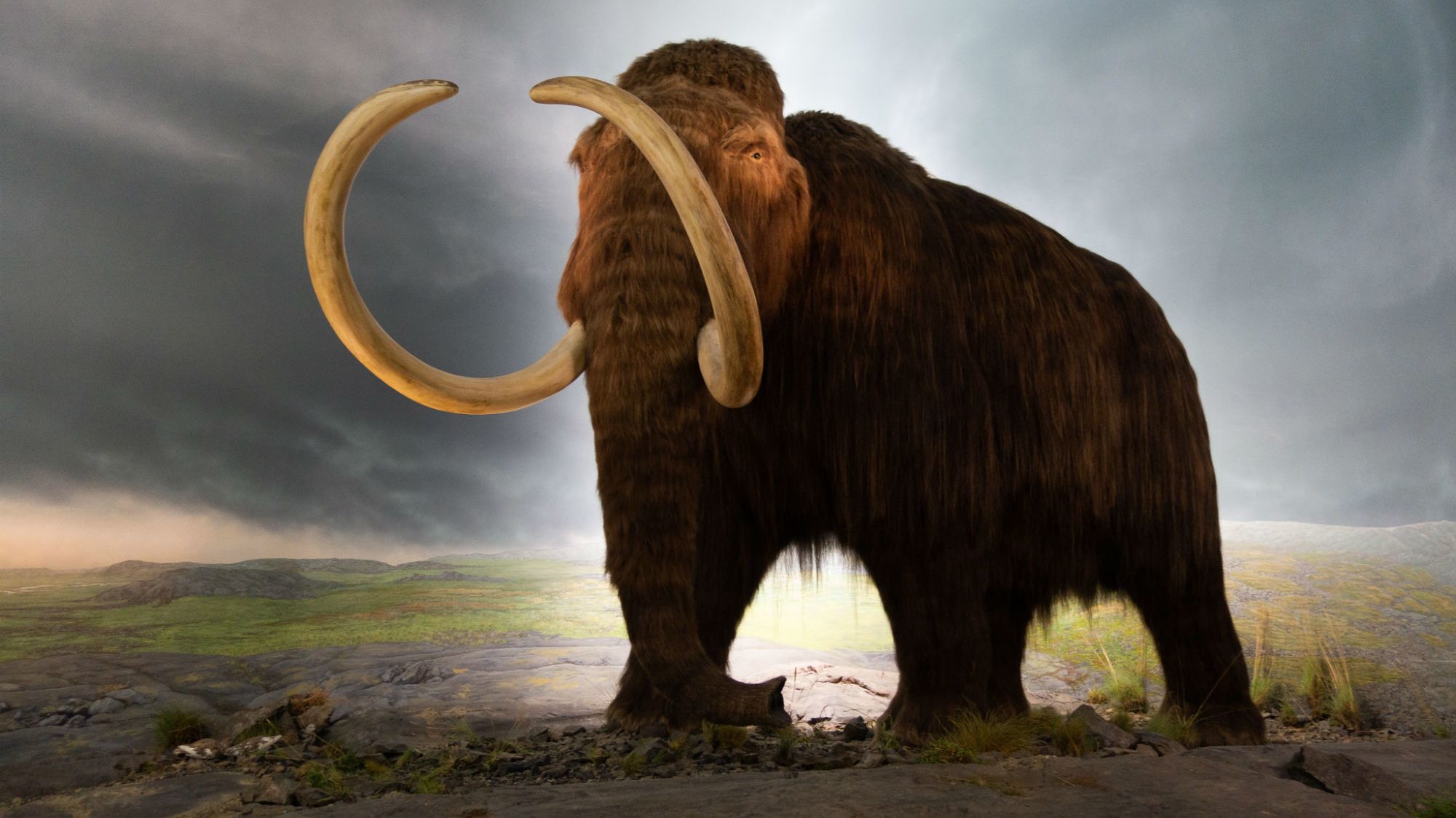
Boston’s ‘Big Dig’ Uncovers Ancient Mastodon BonesBoston’s ‘Big Dig’ Uncovers Ancient Mastodon Bones Deep beneath the bustling streets of Boston, a remarkable discovery emerged during the massive infrastructure project known as the “Big Dig.” Construction crews stumbled upon a treasure trove of ancient bones, providing an unprecedented glimpse into the city’s prehistoric past. Among the unearthed remains were the fossilized bones of a mastodon, a massive elephant-like creature that roamed the region tens of thousands of years ago. The discovery, announced in 2006, sent shockwaves through the archaeological community. The mastodon bones, discovered near the intersection of Atlantic Avenue and Congress Street, were extraordinarily well-preserved. Experts believe that the creature died on the spot and was quickly buried in a layer of peat and sand. Over time, the peat turned into coal, protecting the bones from decay. Excavations revealed the partial skeleton of a male mastodon, including its skull, teeth, tusks, and a portion of its massive leg bones. The bones exhibited signs of wear and tear, suggesting that the animal was middle-aged when it died. Scientists determined that the mastodon lived during the Pleistocene Epoch, approximately 10,000 to 40,000 years ago. At that time, the Boston area was a cold, forested environment inhabited by a variety of large mammals, including mastodons, mammoths, and saber-toothed cats. The discovery of the mastodon bones is not only scientifically significant, but also historically and symbolically important for Boston. The bones stand as a testament to the city’s ancient roots and remind us of the incredible changes that have occurred over eons. The mastodon bones were carefully removed from the site and underwent extensive examination and research. They are now housed at the Harvard Museum of Natural History, where they serve as a reminder of the awe-inspiring creatures that once inhabited the region. The Big Dig project not only improved Boston’s infrastructure but also unearthed a fascinating chapter in the city’s history. The discovery of the mastodon bones is a timeless reminder of the interconnectedness of nature, ecology, and the human experience.
Posted inNews